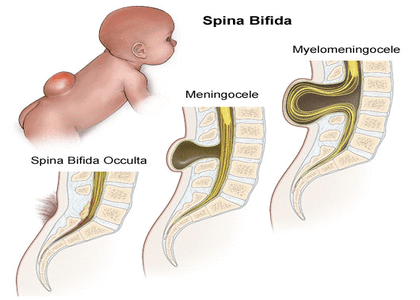- Home
- Editorial
- News
- Practice Guidelines
- Anesthesiology Guidelines
- Cancer Guidelines
- Cardiac Sciences Guidelines
- Critical Care Guidelines
- Dentistry Guidelines
- Dermatology Guidelines
- Diabetes and Endo Guidelines
- Diagnostics Guidelines
- ENT Guidelines
- Featured Practice Guidelines
- Gastroenterology Guidelines
- Geriatrics Guidelines
- Medicine Guidelines
- Nephrology Guidelines
- Neurosciences Guidelines
- Obs and Gynae Guidelines
- Ophthalmology Guidelines
- Orthopaedics Guidelines
- Paediatrics Guidelines
- Psychiatry Guidelines
- Pulmonology Guidelines
- Radiology Guidelines
- Surgery Guidelines
- Urology Guidelines
Evaluation of the effects of laser tissue welding for spina bifida repair: stidy

In a study presented Saturday, Jan. 28, in the oral concurrent session at 8:45 a.m. PST, at the Society for Maternal-Fetal Medicine's annual meeting, The Pregnancy Meeting™, researchers at Baylor College of Medicine, Houston, Texas; IBEX, Logan, Utah; and Laser Tissue Welding Inc., Houston, Texas collaborated on a study titled, Evaluation of the effects of laser tissue welding on the spinal cord and skin in a 30 day study of simulated spina bifida repair in rabbits.
Spina Bifia is a birth defect where there is incomplete closure of the backbone and membranes around the spinal cord. It affects more than 4,000 children born each year in the U.S. and is associated with hydrocephalus (excessive accumulation of fluid on the brain), developmental delay, lifelong disability and death.
This preliminary study hoped to determine the effects of laser tissue welding on underlying skin and spinal cord tissue. The researchers were interested to see if applying laser energy to coagulate a special albumin compound would damage the underlying skin and/or spinal cord tissue. The researchers plan to use this substance for sealing incision lines in fetal surgical spina bifida repair procedures.
One of the most crucial aspects of a fetal repair is a watertight seal once the repair is complete. "Laser tissue welding is a promising technology that may allow a temporary seal over healing wounds that allows enough time for the regeneration of the skin underneath the albumin layer," explained Michael Belfort, M.D., chairman and professor of obstetrics and gynecology at Baylor College of Medicine, obstetrician/gynecologist-in-chief of Texas Children's Pavilion for Women and one of the researchers for the presentation at the SMFM annual meeting. "By sealing off the incision line with a natural substance that disintegrates over time, we feel that the suture line may heal without developing any leaks which would compromise the repair."
The first step in this experimental process examined whether the heat from the laser (required to activate the liquid albumin and turn it into a solid) would damage the skin or spinal tissue under the skin. Researchers chose a rabbit model because it is an accepted and cost efficient animal model and there was no need to test this in a fetal model until further research is conducted.
"This is just the first step," added Belfort. "Now that we know that the laser energy is unlikely to damage spinal cord tissue we have planned a fetal sheep experiment. We are trying to get funding for this next step."

Disclaimer: This site is primarily intended for healthcare professionals. Any content/information on this website does not replace the advice of medical and/or health professionals and should not be construed as medical/diagnostic advice/endorsement or prescription. Use of this site is subject to our terms of use, privacy policy, advertisement policy. © 2020 Minerva Medical Treatment Pvt Ltd